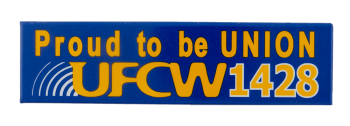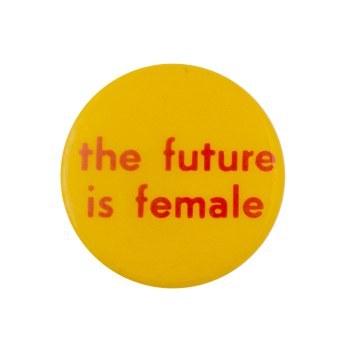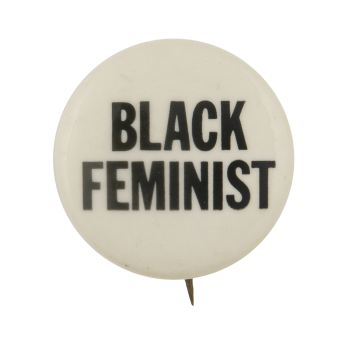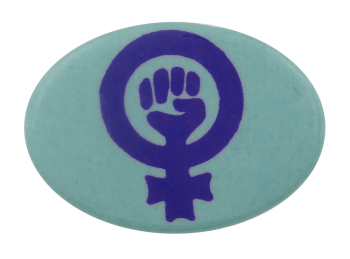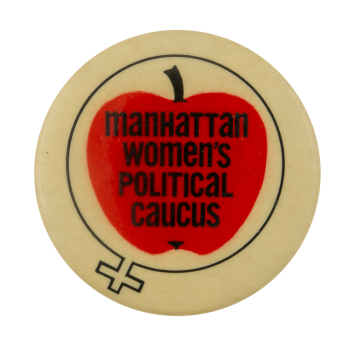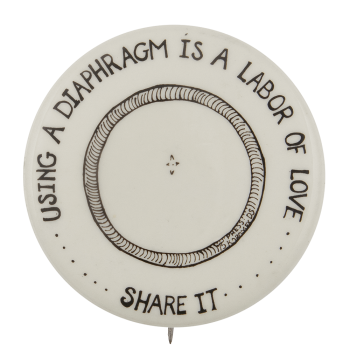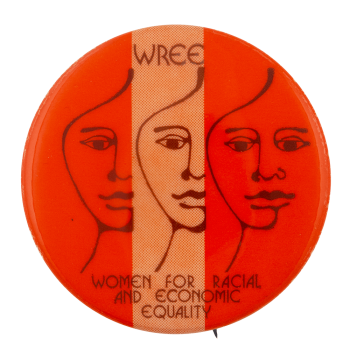Proud To Be Union UFCW 1428
| Category | |
|---|---|
| Additional Images | |
| Sub Categories | |
| Text on Button | Proud to be UNION UFCW1428 |
| Image Description | Yellow text on blue background. Numbers have white outline. |
| Curl Text | Union bug |
| Back Style | |
| The Shape | |
| The Size | |
| Additional Information | UFCW Local 1428 is a union, headquartered in Claremont, California, which serves the Southern California region and is a part of the United Food and Commercial Workers International. With over 5,000 members who mostly work in grocery stores, drug stores, pharmacies and food processing plants, the union’s goals have been to gain better wages, working conditions and benefits for its members through collective bargaining, and union contracts with employers. |
| Sources |
UFCW Local 1428. (n.d.). Frequently Asked Questions. http://ufcw1428.org/member-services/frequently-asked-questions/ |
| Catalog ID | CL0604 |

